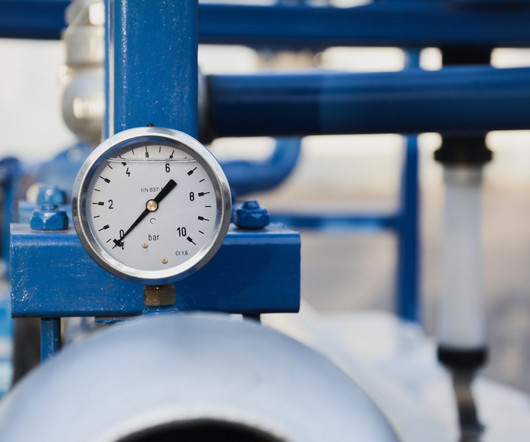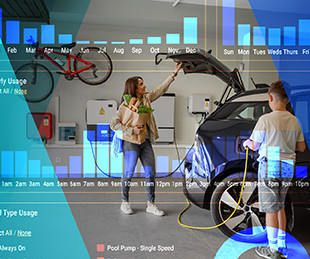Pressure Sensors Are Critical for Heat Exchange Stations
Hydrogen Fuel News
NOVEMBER 6, 2023
Heat exchangers are ubiquitous with modern industrial and residential appliances. They are used in boilers in power plants, swimming pools, and HVAC units. It can be a water and gas setup such that hot gas goes through a pipe, gradually heating the water that surrounds the structure.















Let's personalize your content